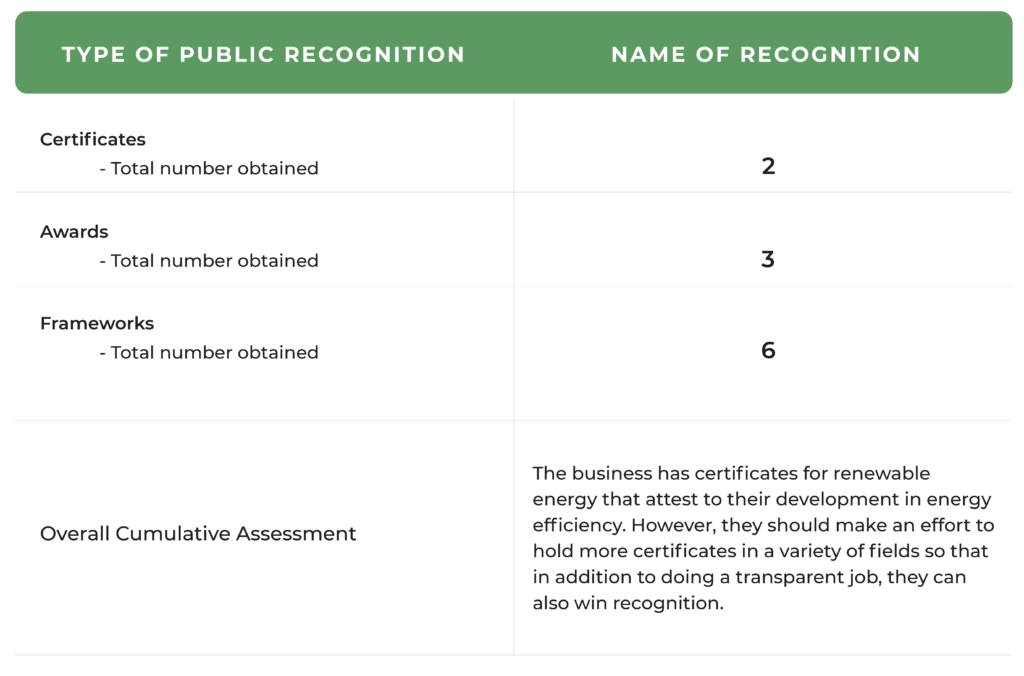
RATING

Positive
SECTOR
Entertainment
Chief Sustainability Officer
Stock Exchange and Ticker
NASDAQ (NFLX)
Website
Contact
T: 0800 096 879
E.mail: N/A
Listing
- #83 World’s Top Female-Friendly Companies (2022)
- #67 World’s Best Employers (2022)
- America’s Best Employers By State (2022)
- #363 Best Employers for Women (2022)
- #241 Global 2000 (2022)
- #194 Best Employers for Diversity (2022)
- #266 America’s Best Large Employers (2022)
- #66 The Halo 100 (2022)
- #21 America’s Best Employers (2021)
Awards
- Sustainalytics (ESG Risk Rating – Low Risk)
- Netflix secured 17 nominations for the 2021 GLAAD Media Awards honouring LGBTQ+ representation in the U.S. TV and film
- CDP, CLimate Change 2021, submitted, scores not available
Revenue
$7.93B
Market Capitalisation
$119.74B
Employees
11,300
Content source
Netflix Sustainability Report
Evaluation of Netflix
Netflix is making significant investments to lessen its environmental impact. By the end of 2022, the company wants to have a net-zero carbon footprint. By 2030, Netflix wants to cut its internal emissions by 45% from what they were in 2019. Where electrification is not feasible, the company will purchase renewable fuels instead of 100% renewable electricity. In order to better understand the emissions throughout its entire value chain, it also participated in a study that tracks its streaming carbon footprint. Their analysis is concise and accurate. The main issues have been examined, and solutions have been developed. These solutions are expected to be put into practice the following year. They also enjoy a solid online reputation for their sustainability tactics. One could say that it is on the right track to developing into a sustainable business in the coming years.
Sustainability Scorecard
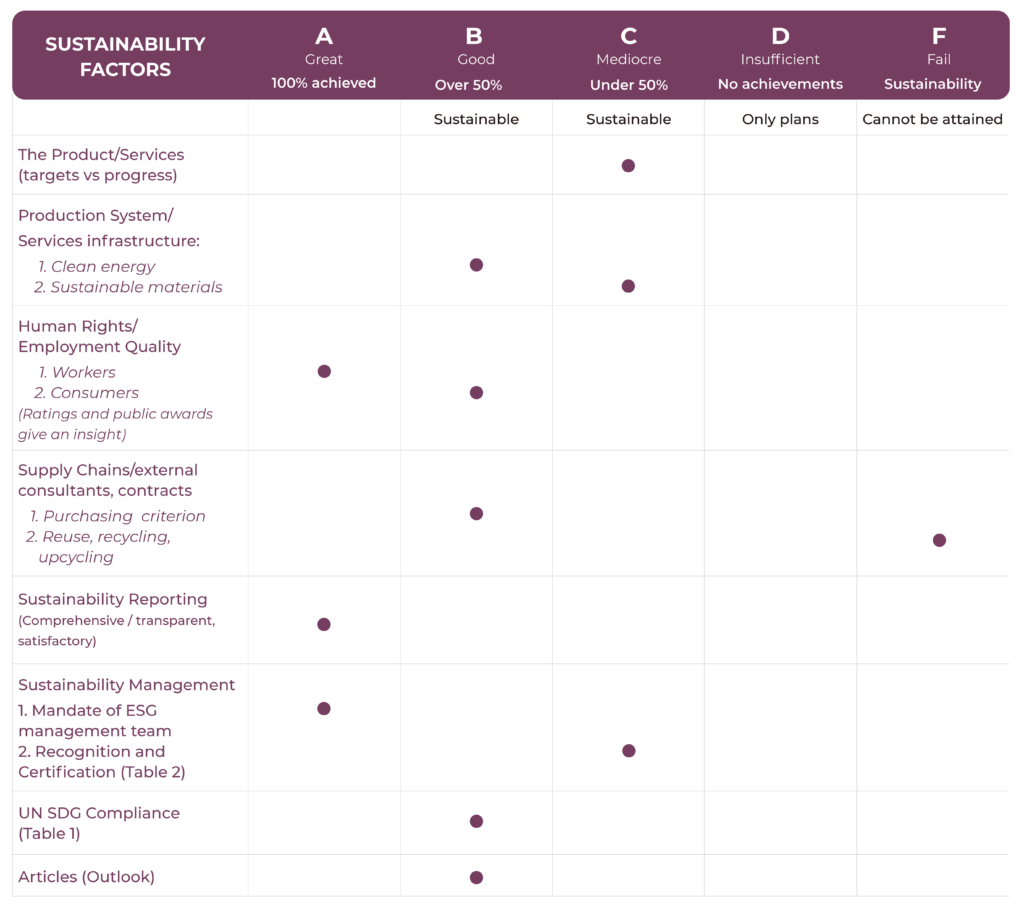
Netflix Company Activity
Netflix, Inc. is the world’s leading internet entertainment service with over 139 million paid memberships in over 190 countries. They provide TV series, documentaries and feature films across a wide variety of genres and languages. Members can watch as much as they want, anytime, anywhere, on any internet-connected screen, and play, pause, or resume watching all without commercials or commitments. Additionally, over two million members in the United States (“U.S.”) subscribe to Netflix’s legacy DVD-by-mail service.
Netflix is a pioneer in launching this streaming service in 2007. They have developed an ecosystem for internet-connected screens and have added increasing amounts of content that enable consumers to enjoy TV series and movies directly on their internet-connected screens. As a result of these efforts, Netflix has experienced growing consumer acceptance of, and interest in, the delivery of TV series and movies directly over the internet.
Their core strategy is to grow the streaming membership business globally within the parameters of their operating margin target. They are also continuously improving members’ experience by expanding and mixing streaming content to attract new members. In addition, Netflix continuously enhances a user interface and extends a streaming service to more internet-connected screens. They also offer offline viewing for members to download.
Netflix Sustainability Activity - As per company declarations
According to the company, Netflix has been looking for ways to reduce environmental impact, particularly in the area of electricity use, as this is the largest piece of its carbon footprint. First, they minimise their electricity use by an increase in server efficiency. They are using renewable energies and 100% of estimated direct and indirect non-renewable power use was matched with renewable energy certificates and carbon offsets in 2019. In fact, renewable projects spanned 15 U.S. states and 20 countries aimed to reduce the environmental impact of energy use. Netflix also works to be as sustainable as possible in day to day operations. They use compostable products, donate excess food, and reduce single-use plastics. In addition, Netflix actively encourages employees to implement sustainability initiatives at home and in their personal lives. Finally, Netflix is inspired by the power of all their great storytellers who are inspiring sustainability values for Netflix fans around the world through entertainment.
Certificate & Labels, Standards and Frameworks
- Science Based Targets initiative SBTi
- Task Force on CLimate-related Disclosures TCFD
- Sustainability Accounting Standards Board (SASB) & Netflix’s report evaluated by them
- IPCC AR5
- COSO framework specific to ESG
- The Optimize, Electrify, Decarbonize Framework
- REDD+
- Renewable Attribute Certificates
- Energy Attribute Certificates (such as RECs)
Netflix in the news: Press Reviews and Social Media
Net Zero + Nature: Netflix’s commitment by 2022
In line with the Paris Agreement’s mandate to keep global warming to 1.5°C, Netflix has pledged to cut its Scope 1 and 2 emissions by 45% by 2030. By 2021, Netflix pledges to offset all emissions, including Scope 3 emissions, that it cannot avoid internally by funding carbon offset initiatives that protect vital biodiversity in places like tropical forests. A scientific approach that meets the criteria of the Science-Based Targets Initiative (SBTi) will make this possible. In order to provide advice on the future of the planet, the streaming juggernaut also established a free-standing advisory panel of professionals. According to Netflix, its strategy follows the most recent recommendations made by Oxford University and accomplishes all 10 Science Based Targets.
“Netflix is demonstrating to the world how to effectively combine reducing GHG emissions (black carbon) with restoring natural carbon sinks (green carbon). By demonstrating this both in front of and behind the camera, they have the potential to bring about transformative change “Dr. Johan Rockström, Director of the Potsdam Institute for Climate Impact Research and a member of Netflix’s expert advisory council, says.
Netflix Launches New Collection of ‘Sustainability Stories’ in Partnership with COP26 Organizers
Netflix is well on its way to becoming a leader in climate action in and of itself. Last year, about 160 million households watched sustainability-related content on Netflix. Through its Net Zero + Nature initiative, the company aims to have net zero greenhouse gas emissions by the end of the following year.
Your Netflix habit has a small carbon footprint, according to a new study
According to a climate organization, watching online video for an hour causes the atmosphere to absorb the equivalent of 55 grams of carbon dioxide. Researchers and Netflix, which contributed to the funding of the work, are encouraged by the results. They demonstrate that streaming has a lower carbon footprint than previous calculations suggested. Although watching a show online has a smaller environmental impact than, say, making a new movie, businesses are always looking for ways to increase sustainability. Andie Stephens, lead author of the white paper and associate director at the Carbon Trust, remarked that there was “a lot of misinformation and misunderstanding about the carbon impact of video streaming.” With the exception of a small amount from data centers, the centralized hubs where Internet information is processed and stored, the remaining emissions are primarily produced by home web routers and distribution networks. The white paper’s authors also looked into whether viewing content in high definition had a bigger effect on emissions than viewing it in standard definition.
Researchers from the University of Bristol and a UK media company have been attempting to shed more light on the negative environmental effects of streaming. The physical creation of new content accounts for about 50% of Netflix’s emissions, while corporate operations account for 45%. By the end of 2022, Netflix wants to have net-zero carbon emissions.
Carbon cost of watching Netflix | TV streaming | The Guardian
The carbon footprint of streaming video is higher than you might think. From Simon Fraser University in Vancouver, Canada, Laura U. Marks and Daniel Schien wrote Tackling the Carbon Footprint of Streaming Media. ICT is estimated to have a carbon footprint that is between 3.3% and 3.8% higher than that of the airline industry by some IT engineers. This infrastructure will continue to grow as consumers become enamored with data-intensive streaming, computation-intensive blockchain, and AI. Our carbon footprint will grow the more we succumb to the siren calls of high-definition streaming video and blockchain.
Netflix’s good resolutions: greenwashing or sincere ambition? – Lighthouse
Only 20% of commitments satisfy the requirements of the UN’s “Race to Zero” campaign. In order to protect Kenyan forests, Netflix intends to contribute to the Lightning Creek Ranch project and the Kasigau Corridor REDD+. Second, they wanted to support programs that would protect current carbon storage. By the end of 2022, and then every year after, Netflix will have net-zero greenhouse gas emissions, according to Netflix Sustainability Officer Emma Stewart. Three different action categories make up the plan.
The company released an update in September that detailed their “Optimize, Electrify, Decarbonize” strategy. In other words, Netflix tries to replace assets that use fossil fuels with those that run on electricity after improving its energy efficiency (such as cars). The process of becoming carbon neutral is more difficult than it appears, according to Jean-Marc Jancovici. Since 15% of their carbon footprint is attributed to air travel, they also invest in decarbonizing the industry. Nevertheless, some researchers dispute the validity of the idea of carbon neutrality.
Highlights from Netflix Sustainability Report
Achievements
- Over 27,380 gallons of fuel saved and 264MT CO2e emission reductions
- Procured renewable electricity and certificates in an amount equal to all of their Scope 2 emissions (all offices and self-managed productions)
- Fuel reduction of roughly 13,050 gallons of gasoline and 116 MTCO2
- Multiple frameworks followed
- Positive opinion in the media
Weaknesses and Setbacks
- No recycling initiatives
- Increase in Scope 1 and 3 emissions compared to 2019 baseline
- No social targets
- Not enough reputable awards
- Reporting could be improved in terms of stating targets and achievements towards them
Targets vs Progress Reported
| Target | Results reported |
|---|---|
| Carbon Negative | |
| 45% reduction in their Scope 1 and 2 emissions by 2030 | - 10% reduction of Scope 1 and 2 footprint in 2021 - 19% GHG emissions increase since 2019 (all 2021 emissions met carbon credits purchases) |
| Access to 100% renewable electricity in all of their regions /td> | - In 2021, they matched their global operations with 100% renewable electricity, including all offices and self-managed productions |
| Amazon Web Services data center storage 100% renewable by 2025 | - Amazon reached 85% renewable energy across businesses in 2021 |
| 15 million gallons of diesel fuel saved through clean alternatives to diesel generators - batteries, hydrogen fuel cells, hybrid power systems by 2030 | - Initial battery and hydrogen pilots resulted in an estimated fuel savings of roughly 14,330 gallons of diesel and 148 MTCO2 |
| 80% of vehicle fuel consumption reduced by 2030 through the implementation of EVs | - Successfully piloted 17 mobile batteries, 70+ electric, plug-in hybrid and hybrid vehicles, and one hydrogen power unit across 13 productions. This represented over 27,380 gallons of fuel saved and 264MT CO2e emission reductions - Piloted replacing diesel generators with mobile electric batteries across eight productions |
| 80% of electricity from high impact renewables and 20 megawatts of installed solar capacity by 2030 | - Procured renewable electricity and certificates in an amount equal to all of our Scope 2 emissions |
| Reduce emissions from electricity by 24% relative to their forecasted business-as-usual footprint via renewable resources | - Conducted energy efficiency audits on over 30% of our global sq ft. of offices and studios, identifying cost effective energy savings measures across the company |
| 2.6 million gallons of conventional aviation fuel replaced for Sustainable Aviation Fuel by 2030 | - Purchased 40,000 gallons of Sustainable Aviation Fuel for our corporate aviation fleet and over 75,000 gallons of renewable diesel for use on productions |
UN SDGs Compliance Analysis
Progress made toward SDG targets
As reported by Netflix

Don’t Look Up was only one of the many Netflix films and TV series across different genres that shone a spotlight on sustainability in 2021:
- Comedy: Bo Burnham’s Inside, Workin’ Moms, A Castle for Christmas, Ginny & Georgia, Grace & Frankie
- Documentaries: Animal, Breaking Boundaries, Explained: The End of Oil, Gather, Life in Colour with David Attenborough, The Minimalists, Penguin Town, Puff: Wonders of the Reef
- Dramas: Japan Sinks, Midnight Mass, Midnight Sky, Ragnarok, Silent Sea, Sweet Tooth, Tribes of Europa (with references in the hits Army of Thieves and Red Notice)
- Kids & Family: Ada Twist Scientist, Bigfoot Family, Octonauts: Above and Beyond, Vivo, Waffles and Mochi
- Unscripted: Best Leftovers Ever, Blown Away, Izzy’s Koala World, Queer Eye
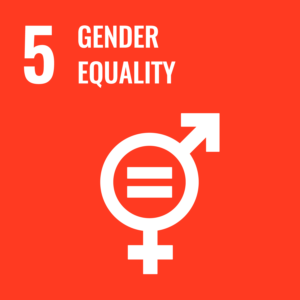
- $5M fund to support women
- Women now make up 51.7% of their global workforce (increase)
- Women in management make up 51.1% (increase)
- Of the 22 leaders in senior leadership team, ten (45.0%) are women and five (22.7%) are US leaders from one or more historically excluded ethnic and/or racial backgrounds
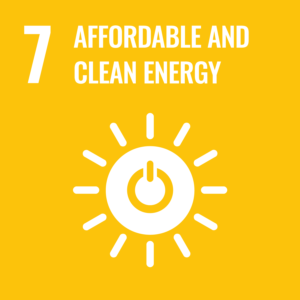
- In 2021, they conducted energy efficiency audits at select facilities to identify opportunities for energy savings. Analysis covered over 30% of their global square footage across stages, studios, and offices. For emissions sources where optimization and electrification aren’t possible, they decarbonize what’s left by installing and purchasing renewable energy
- Optimize fuel consumption for corporate offices, this focuses mostly on efficient creation and capture of building heat, and on the production side, range from optimizing the size of diesel generators or reducing how long vehicles idle
- Electrify vehicles, buildings, and generators
- Successfully piloted 17 mobile batteries, 70+ electric, plug-in hybrid and hybrid vehicles, and one hydrogen power unit across 13 productions
- Purchased 40,000 gallons of Sustainable Aviation Fuel for their corporate aviation fleet and over 75,000 gallons of renewable diesel for use on productions
- Replacement of diesel generators with mobile electric batteries across eight productions
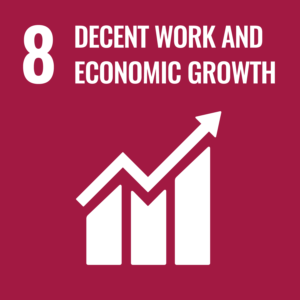
- They created the Netflix Fund for Creative Equity to help create new opportunities for underrepresented communities within the entertainment industry
- The company strives to protect sensitive information through various means, such as technical safeguards, procedural requirements and policies, a program of monitoring to detect and address unauthorised modification or misuse, continuous testing of aspects of their security internally and with outside vendors, a robust incident response program, and regular training for employees
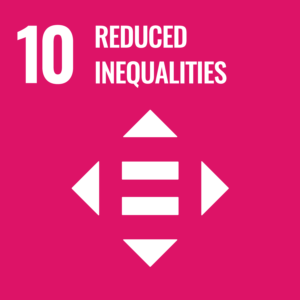
- Half of the US workforce (50.5%) is made up of people from one or more historically excluded ethnic and/or racial backgrounds, including Asian, Black, Hispanic or Latino/a/x, Middle Eastern or North African, Native American, and Pacific Islander
- They are expanding inclusive hiring training for recruiters and managers, creating access for emerging talent by adding three Hispanic Serving Institutions (HSIs) and more HBCUs (totaling four) to their pipeline programs, and finding new ways to diversify their executive and company networks
- They conducted their annual compensation review to ensure pay equity across the company
- Continued offering inclusive benefits, including gender-inclusive parental leave, transgender and non-binary care in our US health plans, and family-forming support for employees regardless of marital status, gender, or sexual orientation
- In December 2021, they fulfilled their 2020 pledge to move two percent of their cash holdings — around $100 million — into Black banks and other Black-led financial institutions in the U.S. More capital moving into these institutions means more home and small-business loans, resulting in more opportunities for Black communities
- Non-white race/ethnicity representation in the US increased; half of US workforce (50.5%) is made up of people from one or more historically excluded ethnic and/or racial backgrounds
- Of the 22 leaders in senior leadership team, ten (45.0%) are women and five (22.7%) are US leaders from one or more historically excluded ethnic and/or racial backgrounds

- Investing in existing and potential carbon stocks
- They have added methane avoidance and destruction projects to their portfolio

- Engaging in reforestation projects

- A copy of their practices and policies, which includes the Global Anti-Corruption Policy and Code of Ethics, has been translated into numerous languages and remains available to all employees throughout their employment with them
- Commitments to compliance with applicable government mandated sanctions regimes (with leadership provided by a designated Sanctions Compliance Officer) as well as human rights legislation (e.g. UK Modern Slavery Act)

- They co-launched BASCS at COP26 with Disney, Google, Microsoft, Amazon, Workday, Salesforce, WWF, the United Nations and EDF to share best practices and insights to scale and improve climate solutions
- They co-founded the Sustainable Aviation Buyers Alliance because the entertainment industry can’t make film or television without travel, including titles that themselves help raise environmental awareness
- Partnerships with: Business Alliance for Scaling Climate Solutions (BASCS), Sustainable Aviation Buyers Alliance, Exponential Roadmap Initiative, albert’s sustainable production project, Sustainable Production Alliance,Drawdown Labs (part of Project Drawdown), DIMPACT, Natural Resources Defense Council
Sustainability Certificates, Awards and Listings
